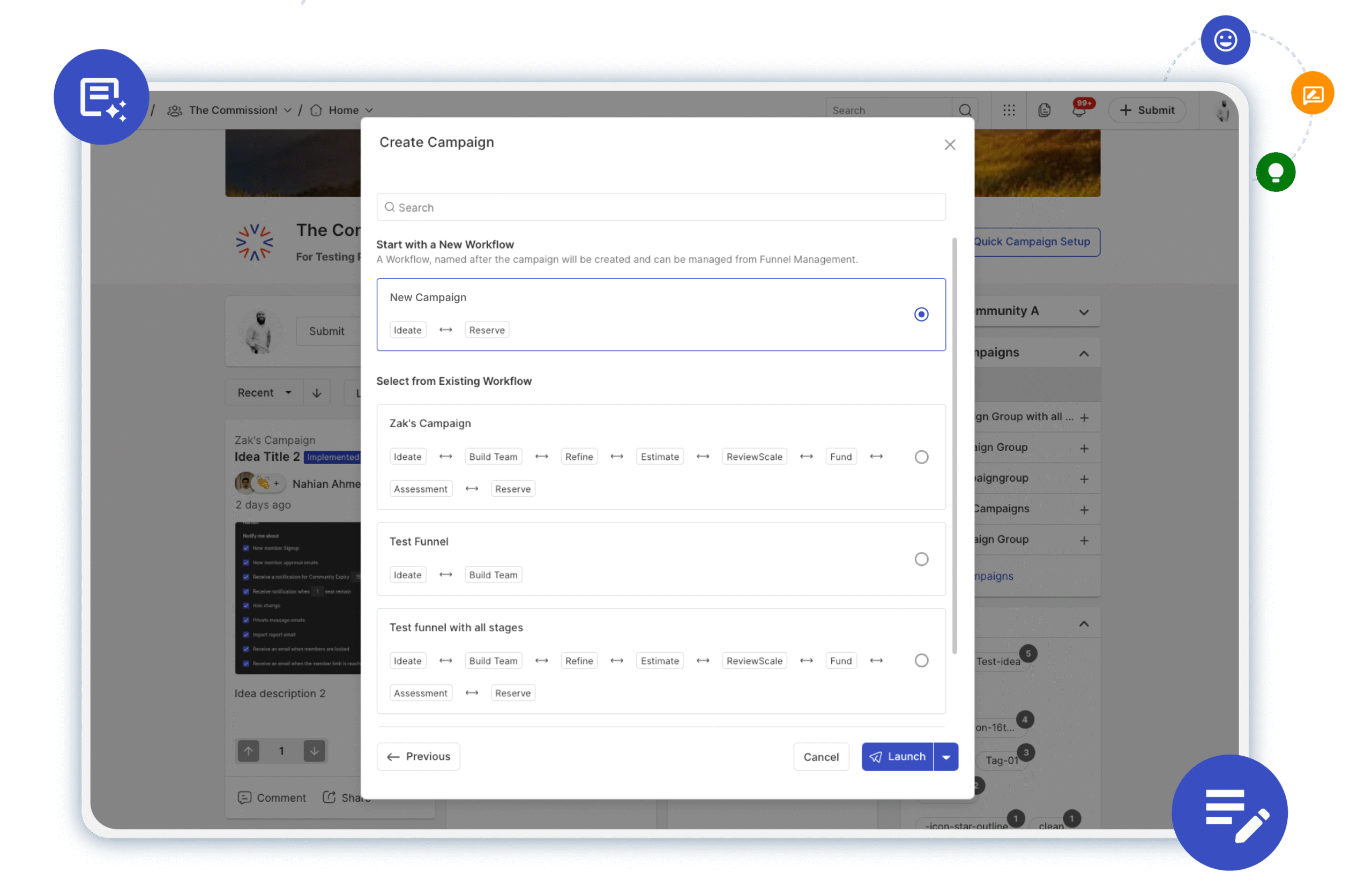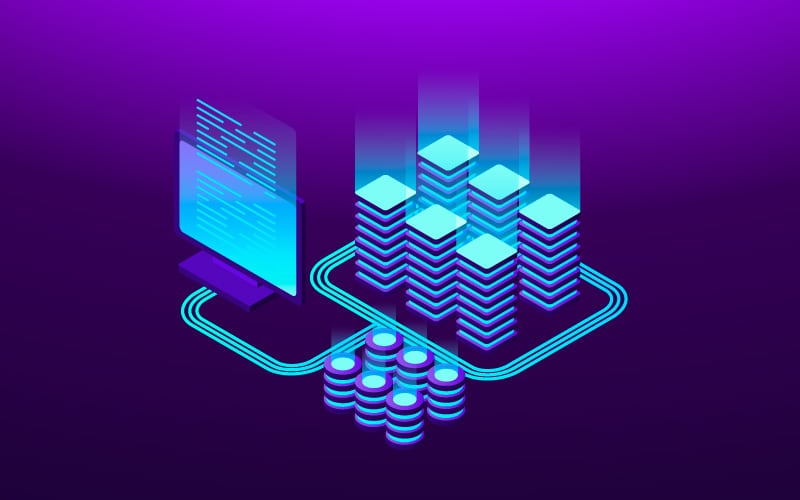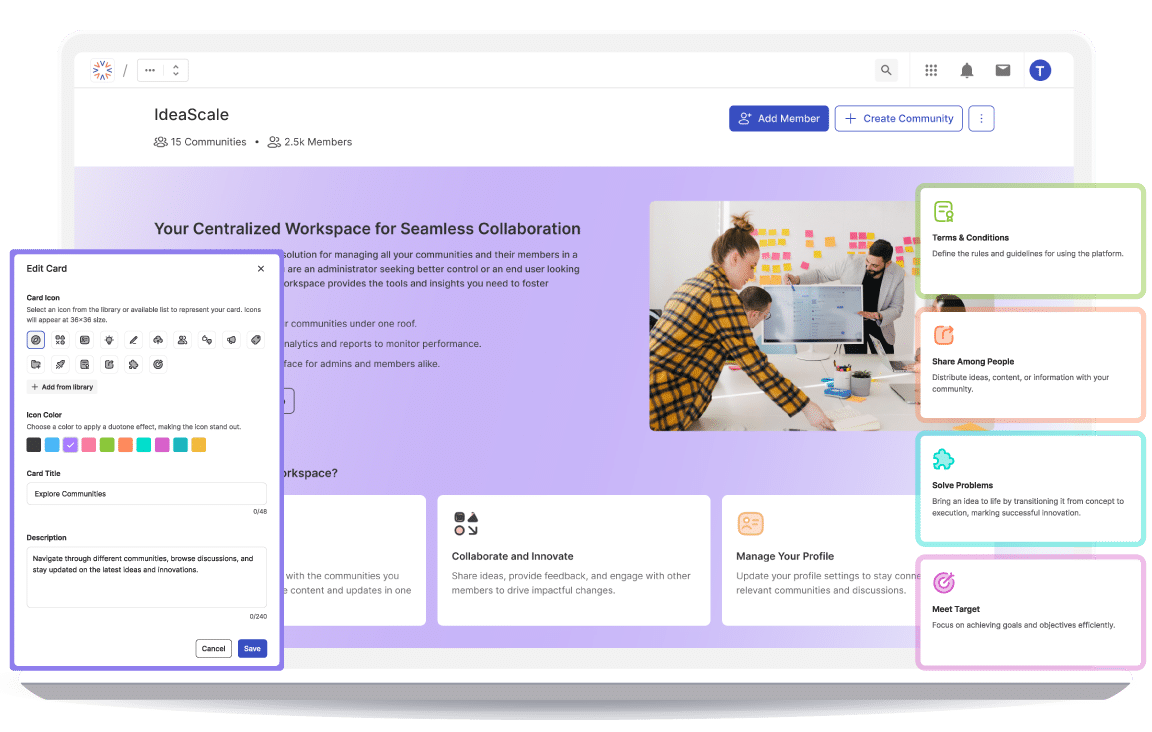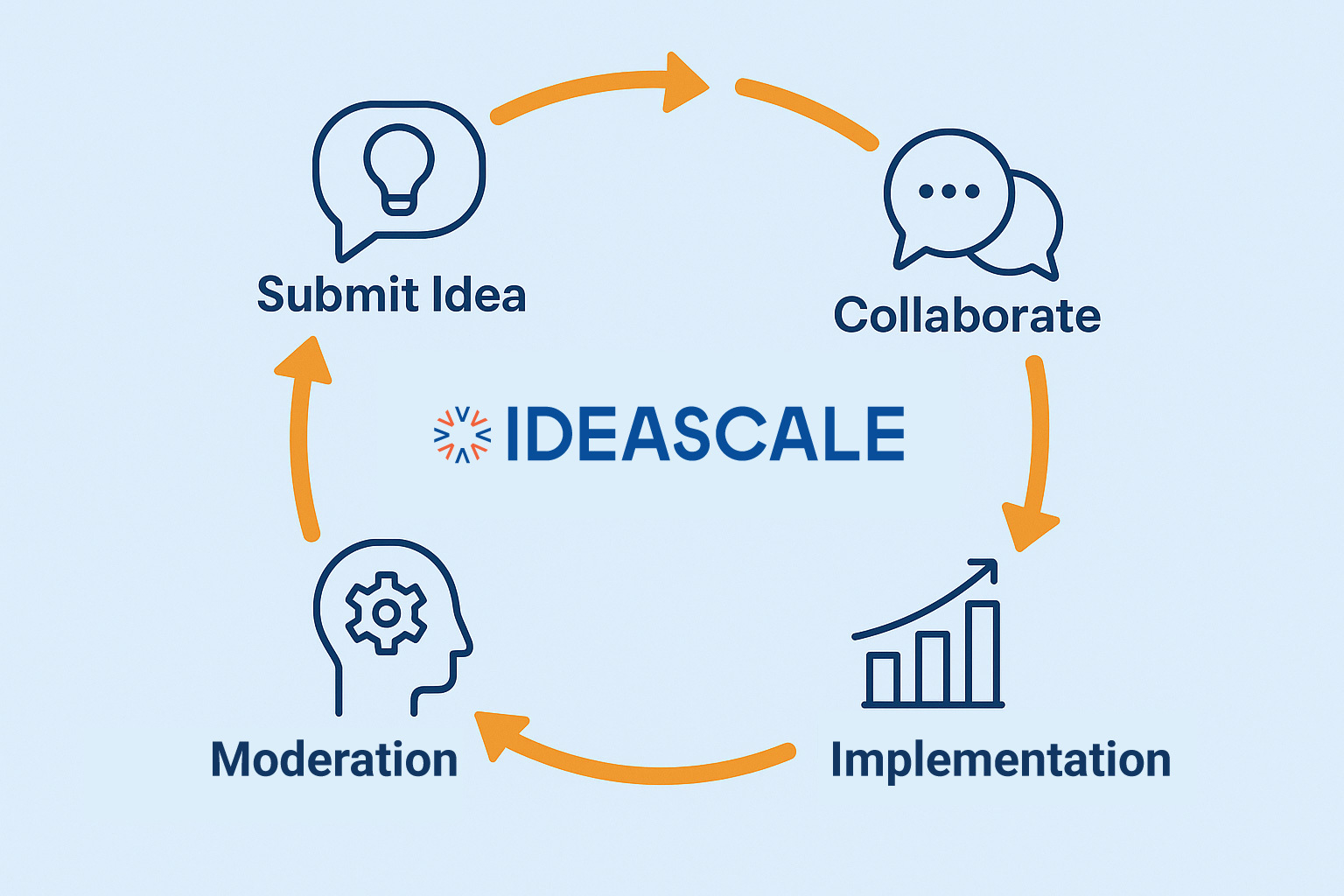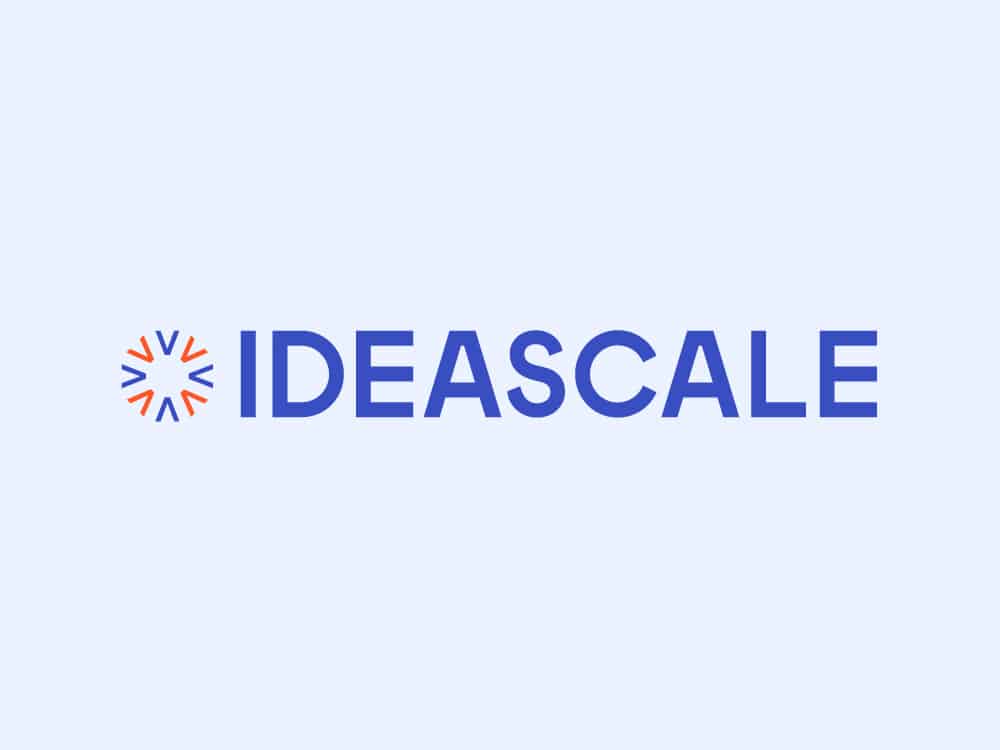The VRIO framework identifies four crucial characteristics that a resource must possess to provide your firm with a sustained competitive advantage. This article will talk about the VRIO Framework and four simple steps you can all follow to implement it. To start, here’s a brief explanation of the four characteristics.
How to use the VRIO Framework
Following are the four steps to successfully use the VRIO analysis:
Step 1. Identify your resources
Before using the VRIO framework, you must first classify your resources into their respective categories.
You can categorize your internal resources into the following categories:
A. Financial
Financial resources refer to your organization’s monetary funds. Essentially, they are your organization’s assets, such as cash and property.
B. Human
The information and skills provided by your employees to the firm are known as Human resources.
C. Material
Your organization’s intangible assets, such as equipment and facilities, fall under material resources.
D. Non-Material
Non-material resources can be present as patents or even brand recognition amongst customers.
A value chain is ideal for examining your internal resources because it studies the process that converts raw material into a product.

Step 2. Conduct a VRIO Analysis
Once you’ve correctly identified your resources, it is time to assess through the lens of a VRIO Analysis. Try asking yourself some of the following questions to help guide your decision-making process:
A. Value
- Does your business have a strong brand image?
- What makes you better than your competitors?
- What unique talent/skill does your staff possess?
B. Rarity
- Can your rivals access these resources easily?
- How many other firms can replicate what you do?
C. Imitability
- Can your rivals make a substitute?
- Is your resource legally protected from infringement?
- Is it difficult to copy the manufacturing process?
D. Organization
- Is your company’s culture one that encourages new ideas?
- Is there an organizational structure present to make use of a resource?
Step 3. Protect Resources
When you find a resource that possesses all four VRIO traits, you should defend it by all means available. It is, after all, the source of your long-term competitive advantage.
Therefore, making these resources challenging to access, difficult to reproduce, and tough to swap for alternatives are some potential strategies to prevent other firms from copying your success.
If other firms cannot replicate a resource at a fair cost, the gap between you and your rivals will widen, making your advantage even more profitable.
Step 4. Bi-Annual Review
In highly competitive industries, rival companies will always aim to get the same competitive advantages as you. For this reason, they will be eager to copy the resources you possess, meaning they will no longer be rare, hence losing their value. Since the business landscape is ever-changing, you need to stay updated on the latest developments.
As a result, we recommend that you go over the VRIO Analysis at least once every six months. This way, you will be able to identify new advantages developments that will maintain your competitive edge for as long as possible.
Learn more: What is VRIO Framework?
EndNote
To summarize, the VRIO Framework has a lot of applications and benefits that allow a firm to perform an internal analysis of its resources. Follow the steps given above to develop or discover an internal resource that will provide you with a competitive edge over the market.
Most Recent Posts
Explore the latest innovation insights and trends with our recent blog posts.


